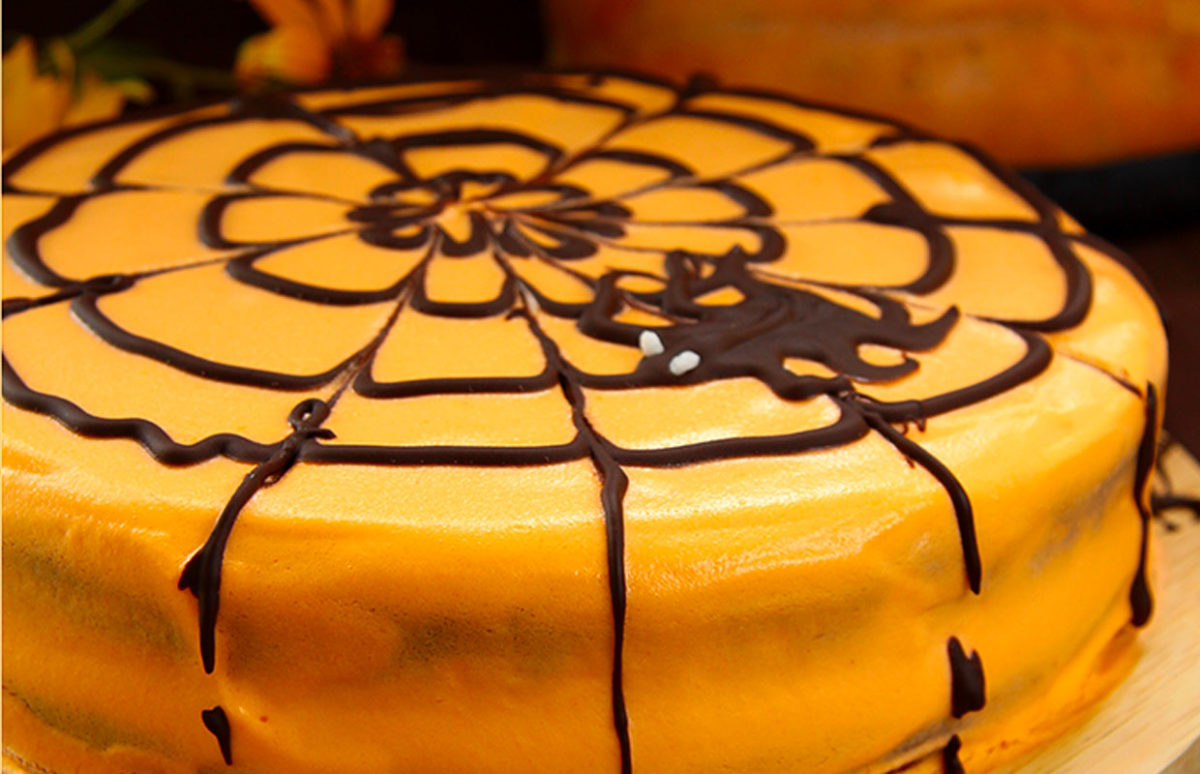
Long before it made it to the U.S. and Canada, Hallowe’en was an ancient Celtic festival, Samhain*. One of the four major Celtic festivals, it celebrated the dead. One of the major traditions at Samhain was rituals that predicted the future. This is a tasty Scottish way to do that. * /ˈsɑːwɪn/ This Hallowe’en cake … Continue reading “Halloween Cake to Tell the Future”

Although these days people tend to think of Halloween as an American holiday, its origins are Celtic (brought to the U.S. by Irish and Scottish immigrants). Ireland wants to make sure that people know about its Celtic roots, and these videos and recipes are a great way to have your pupils discuss Halloween from a … Continue reading “Ireland: Home of Halloween”

The cinema industry has long had a love affair with vampires, most often Dracula, based on Eastern European legends and Bram Stoker’s eponymous book. An exhibition at the Cinémathèque in Paris is a great opportunity to revisit the fascination with the undead across the arts: literature, painting, TV and film. It’s also an opportunity to … Continue reading “Vampires from “Dracula” to “Twilight””

Frankenstein was published in 1818, written by a very unconventional young woman. Its genesis is as intriguing as its lasting influence. Without a volcanic eruption, Frankenstein and the vampire fiction genre may never have seen the day. In 1815 Mount Tambora in Indonesia erupted violently, in the largest and most deadly eruption recorded anywhere in … Continue reading “Frankenstein at 200”








